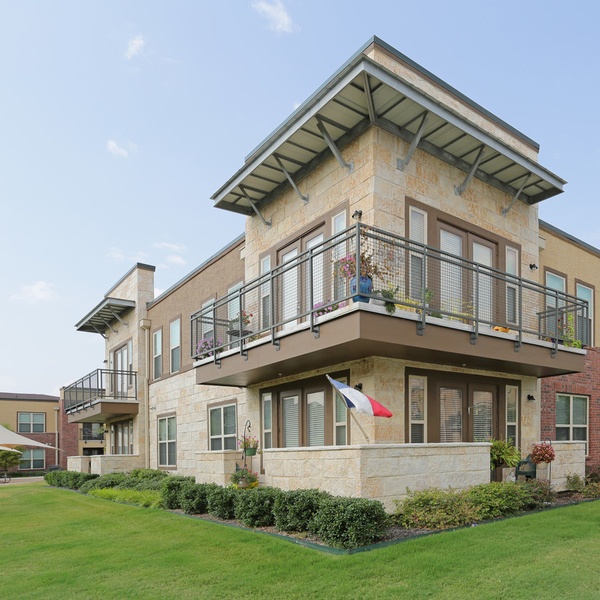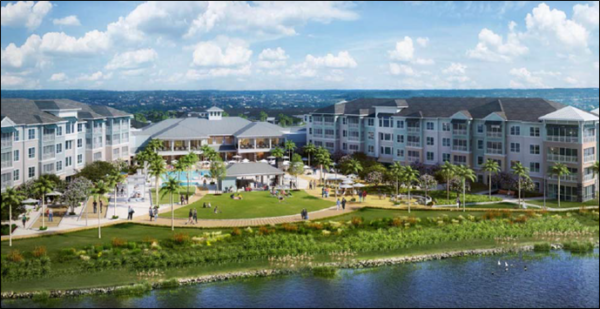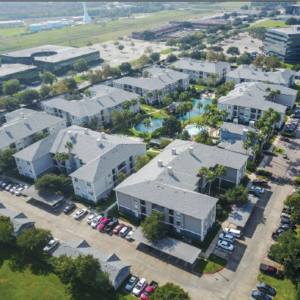Office and industrial products remained healthy in Q3 and should be the overall best performing asset classes going into 2020. Retail is in its most formative days as we still wait to see how developers and retailers approach the shift in the brick and mortar concept to combat the rise in ecommerce and multifamily demand will continue in secondary markets and suburban locations.
The Federal Reserve will likely continue its stimulation of the US economy by keeping interest rates low in 2020, promoting a liquid economic environment and supporting consumer spending, the biggest driver in the US GDP. Still, economic growth should slow down in 2020 amid concerns that the cycle is approaching its peak and the US-China trade war has no near-term solution. Experts still have a positive outlook on the country’s economic condition in 2020.
Below are key takeaways from the following reports:
US MarketBeat Reports Q3 2019 – Cushman & Wakefield – Report Link
2020 US Real Estate Market Outlook – CBRE – Report Link
Download the PDF version of this report here:
US MarketBeat Reports Q3 2019
Cushman & Wakefield
- Office inventory rose slightly, although beginning to moderate, while vacancy still declined to a cyclical low – 12.9%. Demand remains healthy and rental rates rose in Q3 amid continued US economic growth. Technology dominated total leasing volume, accounting for nearly 31% of all leases signed across the nation.
- Industrial vacancy remains anchored at an all-time low – 4.8%. Absorption is on pace to surpass 200 MSFfor the sixth year – the longest period of sustained demand on record. Warehouse/distribution is one of the strongest products in CRE.
- Consumer spending represents roughly 70% of US GDP and increased marginally in Q3 after a sharp increase in Q2. Brick and mortar retail continues to fight ecommerce sales with little success. Developers and retailers look for creative structural changes to the industry.
2020 US Real Estate Market Outlook
CBRE
- Demand for office space will remain high in 2020, but rental rates and occupancy will begin to decline. Tech tenants will continue to dominate office leasing. The expansion of flexible office space will slow down significantly amid a drawback by WeWork.
- Industrial will remain very well occupied, and limited supply will cause more renewals. As a result, net absorption will be lower than in the past years. New construction should see well above market rents, particularly in supply-constrained markets. The China-US trade conflict is still the largest potential negative threat to the industrial and logistics market.
- 2020 will be a landmark year for repositioning the retail market as supply should slow. The integration of mixed-use redevelopment will shape how retailers connect with consumers and attempt to flourish amid a shift to ecommerce.




